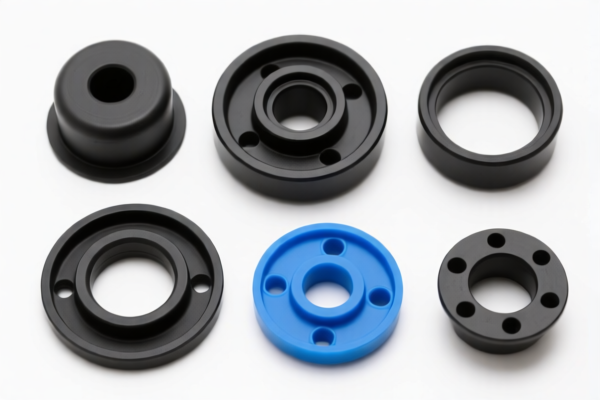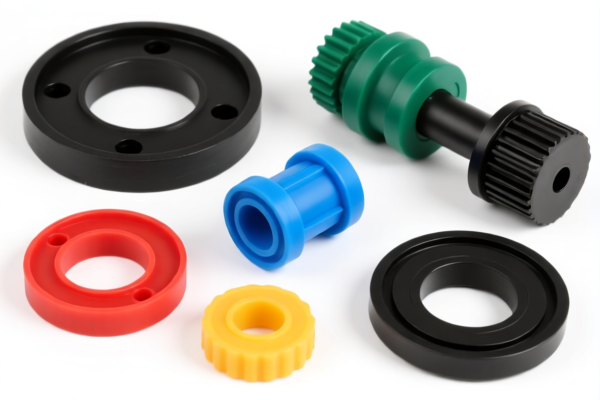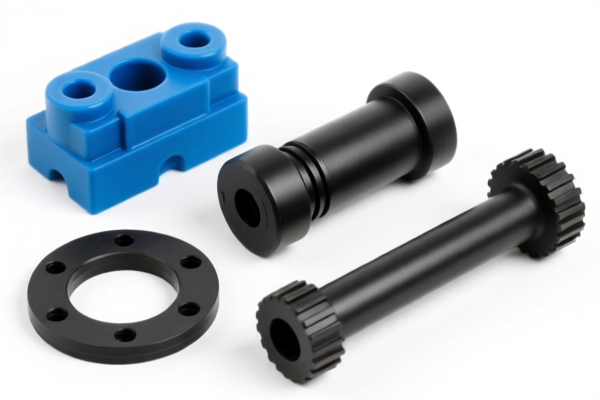| HS Code | Official Doc | Tariff Rate | Origin | Destination | Effective Date |
|---|---|---|---|---|---|
| 8708103020 | Doc | 57.5% | CN | US | 2025-05-12 |
| 8708103030 | Doc | 57.5% | CN | US | 2025-05-12 |
| 8512202040 | Doc | 55.0% | CN | US | 2025-05-12 |
| 8512204040 | Doc | 57.5% | CN | US | 2025-05-12 |
| 8548000000 | Doc | 55.0% | CN | US | 2025-05-12 |
| 7326908688 | Doc | 82.9% | CN | US | 2025-05-12 |
| 7326908605 | Doc | 82.9% | CN | US | 2025-05-12 |




Car Part
A car part (also known as an automotive component) is a detachable or replaceable element of a motor vehicle. These parts are essential for the operation, maintenance, and repair of automobiles. They range in complexity from simple fasteners to intricate engine components.
Material
Car parts are constructed from a diverse range of materials, selected for their specific properties and the demands of the application. Common materials include:
- Metals: Steel (various alloys for strength and durability), aluminum (for weight reduction, particularly in engine blocks and body panels), cast iron (engine blocks, brake rotors), magnesium (lightweight components), titanium (high-performance applications).
- Plastics & Polymers: Polypropylene, ABS, polycarbonate, nylon (interior components, housings, fuel tanks).
- Rubber: Tires, seals, hoses, vibration dampeners.
- Glass: Windshields, windows.
- Composites: Carbon fiber, fiberglass (body panels, aerodynamic components, lightweight structures).
- Electronics: Silicon, copper, various semiconductors (sensors, control units, infotainment systems).
Purpose
The purpose of car parts is multifaceted:
- Operation: Components directly involved in the vehicle's movement, steering, braking, and power generation.
- Safety: Parts crucial for occupant protection and collision avoidance (seatbelts, airbags, braking systems).
- Comfort & Convenience: Components enhancing the driving experience (air conditioning, infotainment systems, power windows).
- Aesthetics: Parts contributing to the vehicle's appearance (body panels, trim, lights).
- Maintenance & Repair: Parts requiring periodic replacement due to wear and tear (filters, brake pads, spark plugs).
Function
Car parts perform a wide array of functions, categorized into several key systems:
- Engine: Combustion, power generation, fuel delivery, cooling, lubrication.
- Transmission: Transferring power from the engine to the wheels, controlling speed and torque.
- Chassis: Supporting the vehicle's weight, providing structural integrity, handling and ride quality. (Suspension, steering, wheels, tires)
- Braking System: Decelerating and stopping the vehicle.
- Electrical System: Powering all electrical components, including lights, sensors, and control units. (Battery, alternator, starter, wiring harness)
- Fuel System: Storing and delivering fuel to the engine.
- Exhaust System: Removing exhaust gases from the engine.
- Cooling System: Regulating engine temperature.
- Body: Providing protection for occupants and components, aerodynamics.
Usage Scenarios
Car parts are utilized across the entire lifecycle of a vehicle:
- Manufacturing: Original Equipment Manufacturer (OEM) parts are installed during vehicle assembly.
- Maintenance: Parts are replaced during routine servicing (oil filters, spark plugs, brake pads).
- Repair: Parts are replaced due to damage or failure (accident repair, component malfunction).
- Performance Upgrades: Parts are replaced to enhance vehicle performance (high-performance brakes, upgraded suspension).
- Restoration: Parts are replaced to restore a vehicle to its original condition.
- Customization: Parts are replaced to modify the vehicle's appearance or functionality.
Common Types
Car parts can be broadly categorized into the following types:
- Engine Parts: Pistons, crankshaft, camshaft, cylinder head, spark plugs, fuel injectors.
- Transmission Parts: Gears, clutch, torque converter, driveshaft.
- Brake Parts: Brake pads, brake rotors, calipers, brake lines.
- Suspension Parts: Shock absorbers, struts, springs, control arms.
- Steering Parts: Steering wheel, steering rack, tie rods.
- Electrical Parts: Battery, alternator, starter, sensors, control units.
- Body Parts: Hood, fenders, doors, bumpers, lights.
- Interior Parts: Seats, dashboard, steering wheel, air conditioning system.
- Filters: Oil filter, air filter, fuel filter, cabin air filter.
- Fluids: Engine oil, coolant, brake fluid, transmission fluid.
The declared goods are identified as “car part”. Based on the provided information, the following HS codes may be relevant:
- 8708.10.30.20: Parts and accessories of the motor vehicles of headings 8701 to 8705: Bumpers and parts thereof: Bumpers Stampings: Of steel. This code covers steel bumper stampings for vehicles under headings 8701 to 8705. The total tax rate is 57.5%, comprising a basic tariff of 2.5% and an additional tariff of 25%, increasing to 30% after April 2, 2025.
- 8708.10.30.30: Parts and accessories of the motor vehicles of headings 8701 to 8705: Bumpers and parts thereof: Bumpers Stampings: Of aluminum. This code covers aluminum bumper stampings for vehicles under headings 8701 to 8705. The total tax rate is 57.5%, comprising a basic tariff of 2.5% and an additional tariff of 25%, increasing to 30% after April 2, 2025.
- 8512.20.20.40: Electrical lighting or signaling equipment (excluding articles of heading 8539), windshield wipers, defrosters and demisters, of a kind used for cycles or motor vehicles; parts thereof: Other lighting or visual signaling equipment: Lighting equipment For vehicles of subheading 8701.21, 8701.22, 8701.23, 8701.24 or 8701.29 or heading 8702, 8703, 8704, 8705 or 8711. This code covers lighting equipment for specific vehicle types. The total tax rate is 55.0%, comprising an additional tariff of 25%, increasing to 30% after April 2, 2025.
- 8512.20.40.40: Electrical lighting or signaling equipment (excluding articles of heading 8539), windshield wipers, defrosters and demisters, of a kind used for cycles or motor vehicles; parts thereof: Other lighting or visual signaling equipment: Visual signaling equipment For vehicles of subheading 8701.21, 8701.22, 8701.23, 8701.24 or 8701.29 or heading 8702, 8703, 8704, 8705 or 8711. This code covers visual signaling equipment for specific vehicle types. The total tax rate is 57.5%, comprising a basic tariff of 2.5% and an additional tariff of 25%, increasing to 30% after April 2, 2025.
- 8548.00.00.00: Electrical parts of machinery or apparatus, not specified or included elsewhere in this chapter. This code covers unspecified electrical parts for machinery or apparatus. The total tax rate is 55.0%, comprising an additional tariff of 25%, increasing to 30% after April 2, 2025.
Chapter 87: Vehicles, aircraft, and marine vessels. Chapter 85: Electrical machinery and equipment. Chapter 73: Articles of iron or steel.
Regarding HS code 8708.10.30.20 and 8708.10.30.30, please note that the applicable tariff rates are subject to change after April 2, 2025, with the additional tariff increasing to 30%.
Customer Reviews
No reviews yet.